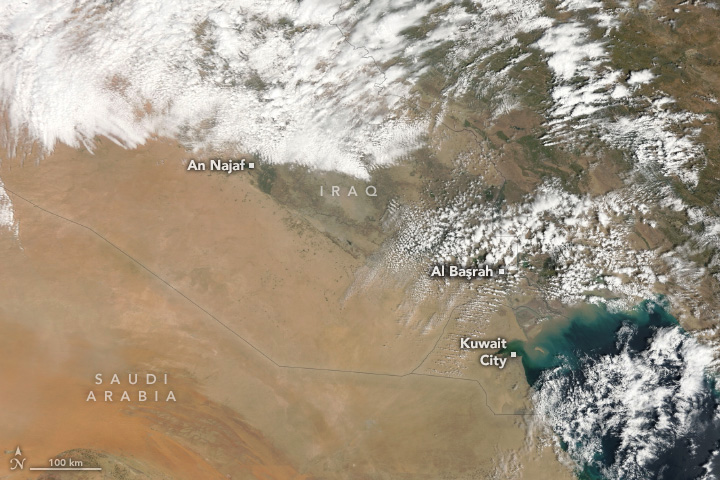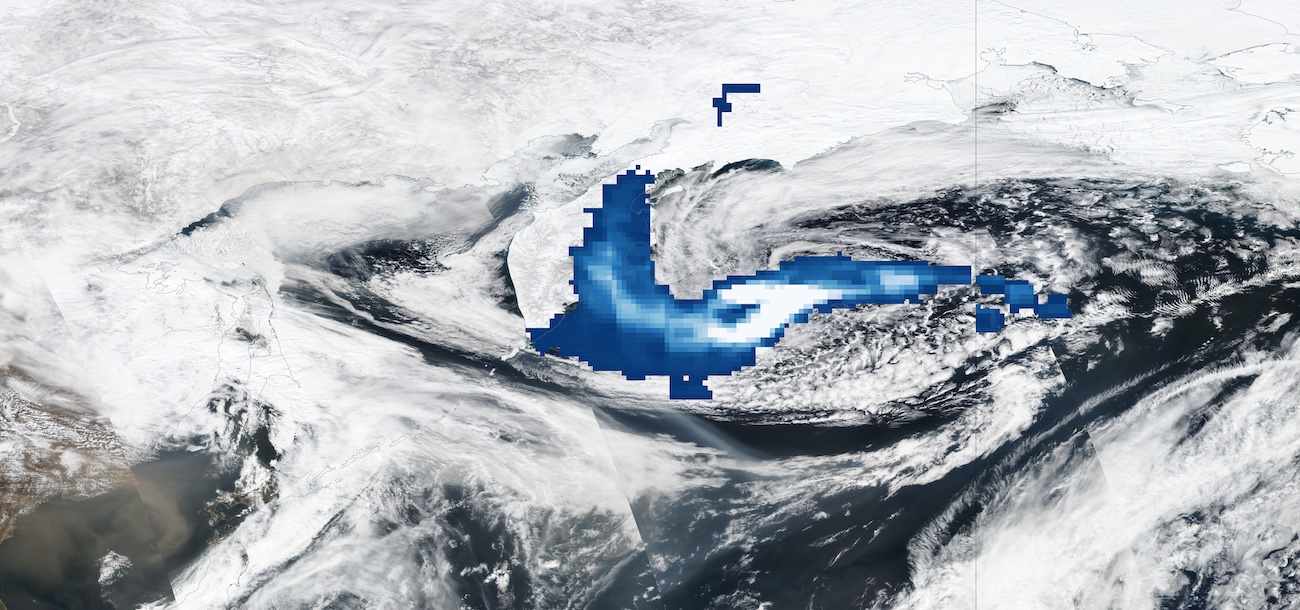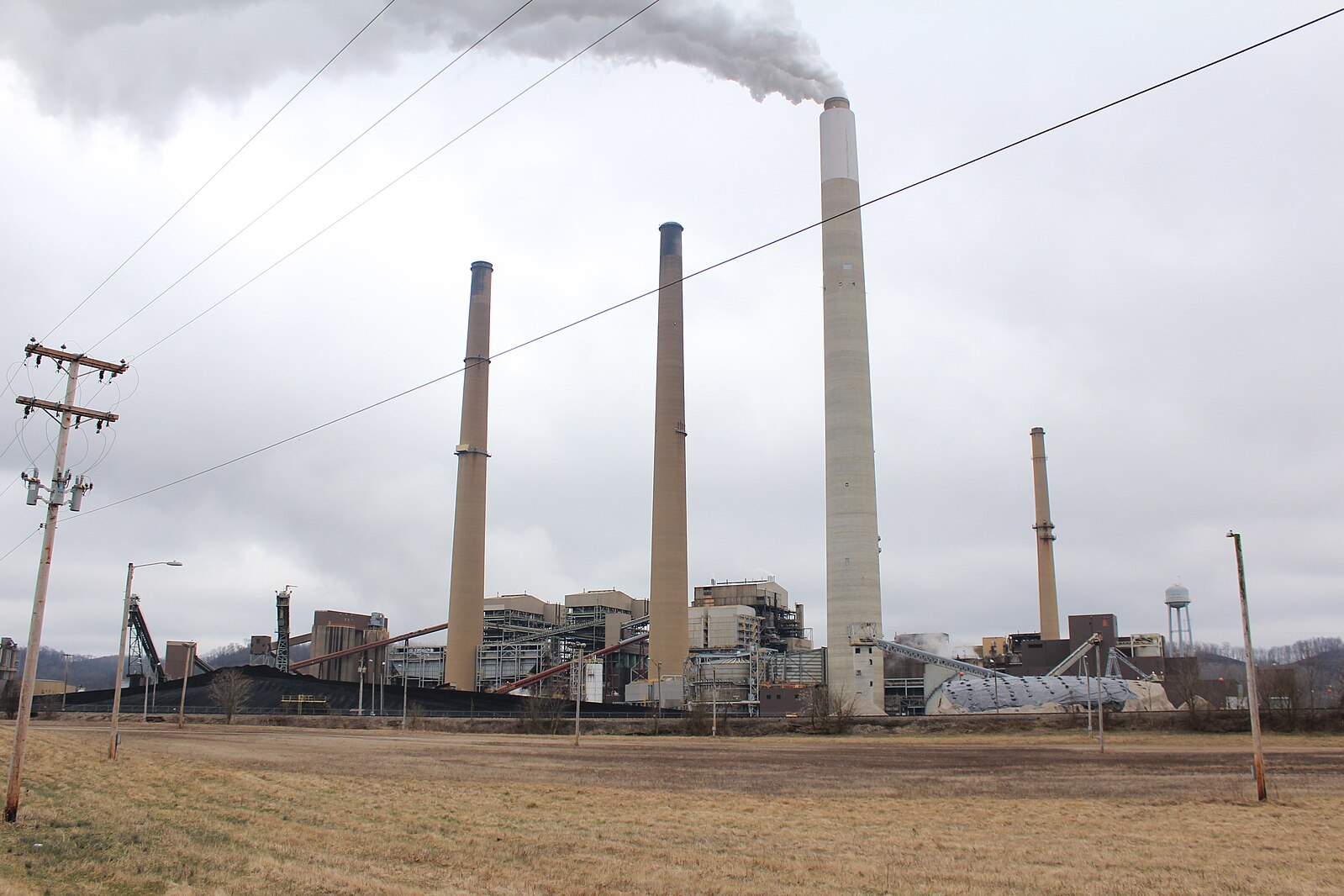IB Syllabus focus:
‘Primary pollutants come from natural sources (fires, dust, volcanoes) and human activities (fossil-fuel burning, land-clearing fires, biomass use, construction and road dust).’
Primary pollutants are substances directly emitted into the atmosphere from natural processes or human activities. They form the foundation of urban air pollution and influence secondary pollutants.
Primary Pollutant Sources
Primary pollutants are those directly released into the atmosphere, as opposed to secondary pollutants which form through chemical reactions. These sources can be broadly divided into natural and anthropogenic (human-made) origins.
Natural Sources of Primary Pollutants
Natural processes have always contributed to atmospheric pollutants, long before industrialisation. Although many are periodic, they can have significant local and even global effects.
Wildfires: Uncontrolled burning of vegetation produces large amounts of carbon monoxide (CO), carbon dioxide (CO₂), particulates (PM10, PM2.5), and nitrogen oxides (NOx).
Dust storms: In arid and semi-arid regions, strong winds lift fine soil particles into the atmosphere, contributing to particulate matter and affecting visibility and human health.

Satellite images compare morning and early afternoon on 14 April 2025 as strong winds loft mineral dust over southern Iraq, degrading visibility and air quality. The tan plume exemplifies a natural primary PM source relevant to urban air episodes downwind. Minor contextual labels (dates/instruments) are included beyond the syllabus. Source.
Volcanoes: Volcanic eruptions emit gases such as sulphur dioxide (SO₂), carbon dioxide, and ash particles. These emissions can travel long distances and influence global climate conditions.

True-colour imagery with an SO₂ overlay shows the Shiveluch eruption’s sulphur dioxide plume (white = highest concentrations) spreading through the middle troposphere. This demonstrates volcanism as a natural primary SO₂ source. The overlay includes technical details (e.g., Dobson Units/instrument layer) beyond the syllabus. Source.
Primary Pollutants: Substances emitted directly into the atmosphere from identifiable sources, without undergoing chemical transformation.
While natural pollutants are often less consistent over time, extreme events (e.g., volcanic eruptions like Mount Pinatubo in 1991) demonstrate their capacity to alter atmospheric composition globally.
Human (Anthropogenic) Sources of Primary Pollutants
Human activity has greatly amplified pollutant levels, especially since the Industrial Revolution. Urbanisation, industrialisation, and energy consumption are major contributors.
Fossil-fuel combustion: Burning coal, oil, and natural gas in power plants, vehicles, and industries is the dominant source of primary pollutants such as CO, SO₂, NOx, and particulates.

The Conesville coal-fired power plant exemplifies anthropogenic primary emissions from fossil-fuel combustion that include CO, SO₂, NOx and particulates. Cooling towers and stacks illustrate large stationary point sources common in urban-adjacent airsheds. The image is a real-world visual without extra technical annotation. Source.
Land-clearing fires: Common in agricultural practices, particularly in developing regions, these fires release particulates, CO₂, CO, and methane (CH₄).
Biomass burning: Domestic burning of wood, crop residues, and animal dung contributes heavily to indoor and outdoor air pollution, particularly in rural communities.
Construction activities: Dust from construction, demolition, and roadworks adds to particulate matter in urban areas, especially when controls are limited.
Road dust: Resuspension of dust particles due to traffic movement contributes significantly to fine and coarse particulates in cities.
Types of Primary Pollutants
Understanding specific pollutant types is essential for linking sources to environmental and health impacts.
Carbon monoxide (CO): Produced mainly by incomplete combustion of fossil fuels. It is colourless, odourless, and highly toxic to humans.
Sulphur dioxide (SO₂): Emitted from burning sulphur-rich coal and oil, and volcanic activity. It can lead to acid deposition.
Nitrogen oxides (NOx): Formed at high combustion temperatures, primarily from vehicle engines and power plants. They are precursors to tropospheric ozone.
Particulate matter (PM10, PM2.5): Solid or liquid particles suspended in air. These come from dust, smoke, soot, and industrial emissions.
Carbon dioxide (CO₂) and methane (CH₄): Greenhouse gases from fossil fuels, agriculture, and biomass burning.
Particulate Matter (PM): A mixture of solid and liquid particles suspended in the air, classified by size (PM10: <10 µm; PM2.5: <2.5 µm in diameter).
These pollutants differ in longevity and distribution, with particulates persisting locally, while gases such as CO₂ disperse globally.
Interaction Between Natural and Human Sources
In urban environments, human activities dominate primary pollutant emissions. However, natural events can amplify the situation. For example:
A dust storm in a city already experiencing construction emissions can severely worsen air quality.
Volcanic SO₂ emissions can combine with anthropogenic emissions, intensifying regional pollution episodes.
Wildfire smoke can spread into urban areas, compounding health risks.
Measuring and Monitoring Primary Pollutants
To evaluate the severity of emissions, scientists and policymakers rely on quantitative measures.
Air quality monitoring stations measure concentrations of pollutants like NOx, SO₂, and PM.
Satellite observations help track large-scale natural events such as dust storms and volcanic plumes.
Emission inventories classify sources by activity type, allowing identification of major contributors.
Emission Inventory: A database that quantifies the amount of pollutants released into the atmosphere from specific sources within a defined time and area.
This data is crucial for designing mitigation strategies and assessing compliance with environmental standards.
Key Characteristics of Primary Pollutants
Localised vs. widespread: Some pollutants (e.g., road dust) are highly localised, while gases like CO₂ spread globally.
Short-lived vs. long-lived: Particulates may settle quickly, but CO₂ can remain in the atmosphere for centuries.
Natural vs. anthropogenic balance: While natural sources exist, the scale of human emissions in the modern era far exceeds natural contributions.
Health and Environmental Implications
Primary pollutants directly affect human health and ecosystems:
Health risks: Respiratory illnesses, cardiovascular problems, and premature deaths are linked to CO, PM, and NOx exposure.
Ecosystem damage: SO₂ and NOx alter soil and water chemistry, impacting biodiversity.
Climate effects: Greenhouse gases such as CO₂ and CH₄ contribute to global warming, while particulates influence atmospheric albedo.
FAQ
Primary pollutants are emitted directly from sources such as power stations or volcanoes. Secondary pollutants, like ozone, form when primary pollutants undergo chemical reactions in the atmosphere.
In urban areas, high traffic density and industrial activity increase primary pollutants, which then interact with sunlight and moisture to generate secondary pollutants that worsen air quality.
The size of particulates determines how deeply they penetrate the respiratory system.
PM10 (particles less than 10 microns) can reach the upper airways and bronchi.
PM2.5 (particles less than 2.5 microns) penetrate further into the lungs and bloodstream.
Smaller particles are more harmful because they remain suspended longer, travel further, and are linked to chronic health issues.
Dust emissions are highest in arid and semi-arid regions where vegetation cover is low.
The Sahara Desert is the largest global dust source, with plumes travelling across the Atlantic to the Americas. Other significant areas include the Middle East and Central Asia.
These dust events affect not only local air quality but also global climate patterns by influencing radiation and nutrient cycling.
Agriculture contributes through both deliberate burning and everyday activities.
Slash-and-burn farming and land-clearing fires release particulates, carbon monoxide, and methane.
Livestock manure drying and burning crop residues generate smoke and particulates.
Soil tillage in dry climates lifts fine dust into the atmosphere.
Such practices can dominate local air pollution, especially in rural and developing regions.
While industries emit gases and fine particulates continuously, construction and road dust contribute largely to coarse particulate matter (PM10).
Construction activities release dust during excavation, demolition, and material handling.
Road traffic stirs up settled dust, especially in dry conditions.
Although less chemically reactive than industrial gases, these particulates still impact respiratory health and urban visibility, making them a significant urban source of primary pollutants.
Practice Questions
Question 1 (2 marks)
Identify two natural sources of primary air pollutants and name one pollutant produced by each.
Mark scheme:
1 mark for correctly identifying each natural source (maximum 2).
1 mark for correctly naming a pollutant associated with each source (maximum 2).
Maximum of 2 marks in total.
Example acceptable answers:
Wildfires → carbon monoxide (CO)
Volcanoes → sulphur dioxide (SO₂)
Dust storms → particulate matter (PM10/PM2.5)
Question 2 (5 marks)
Discuss the contribution of anthropogenic (human-made) activities to primary pollutant emissions, using at least two different examples.
Mark scheme:
1 mark for identifying fossil-fuel combustion as a major source.
1 mark for correctly naming associated pollutants (e.g., CO, NOx, SO₂, particulates).
1 mark for identifying another anthropogenic source such as biomass burning, land-clearing fires, construction, or road dust.
1 mark for naming pollutants linked to the second source (e.g., CH₄, particulates).
1 mark for explaining the significance of human contributions relative to natural sources (e.g., scale, persistence, urban dominance).
Maximum of 5 marks in total.

